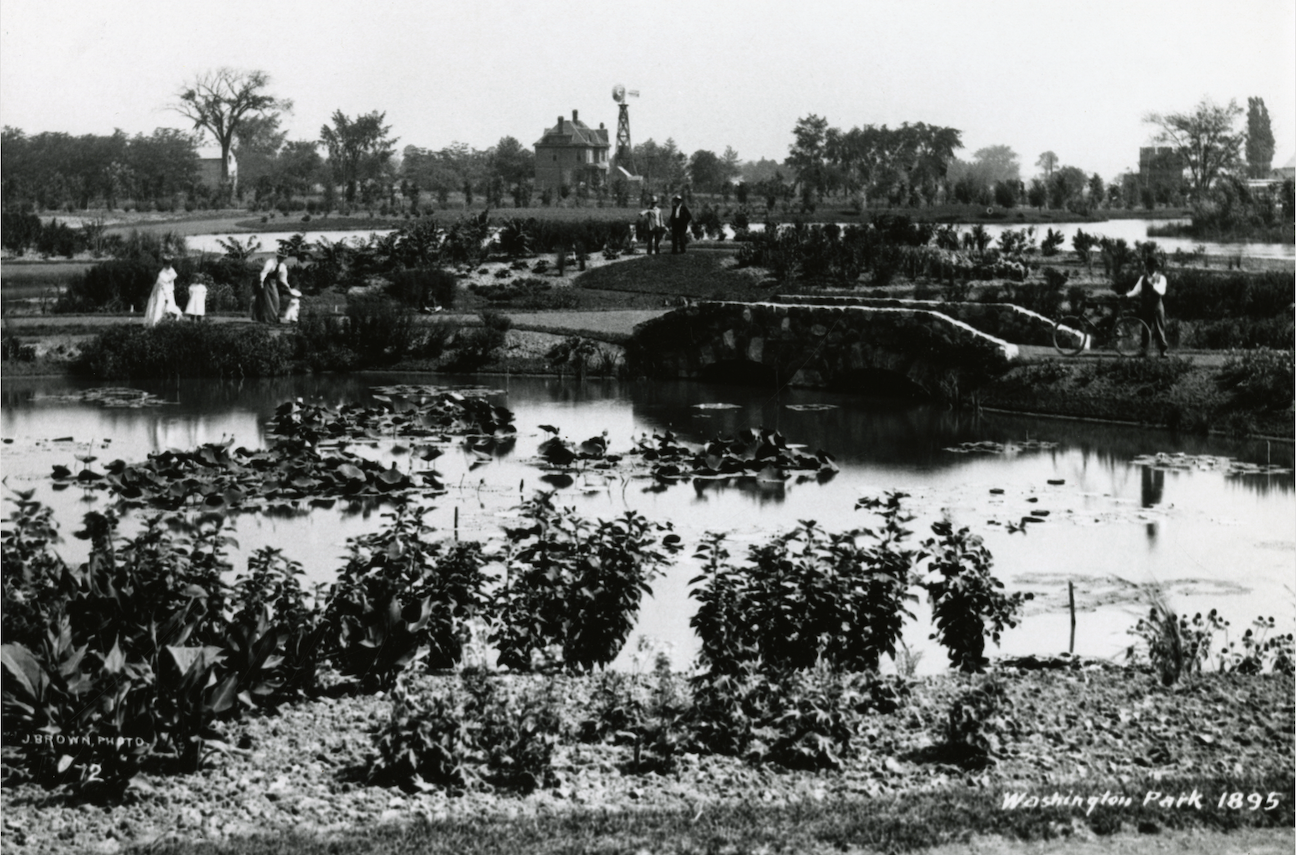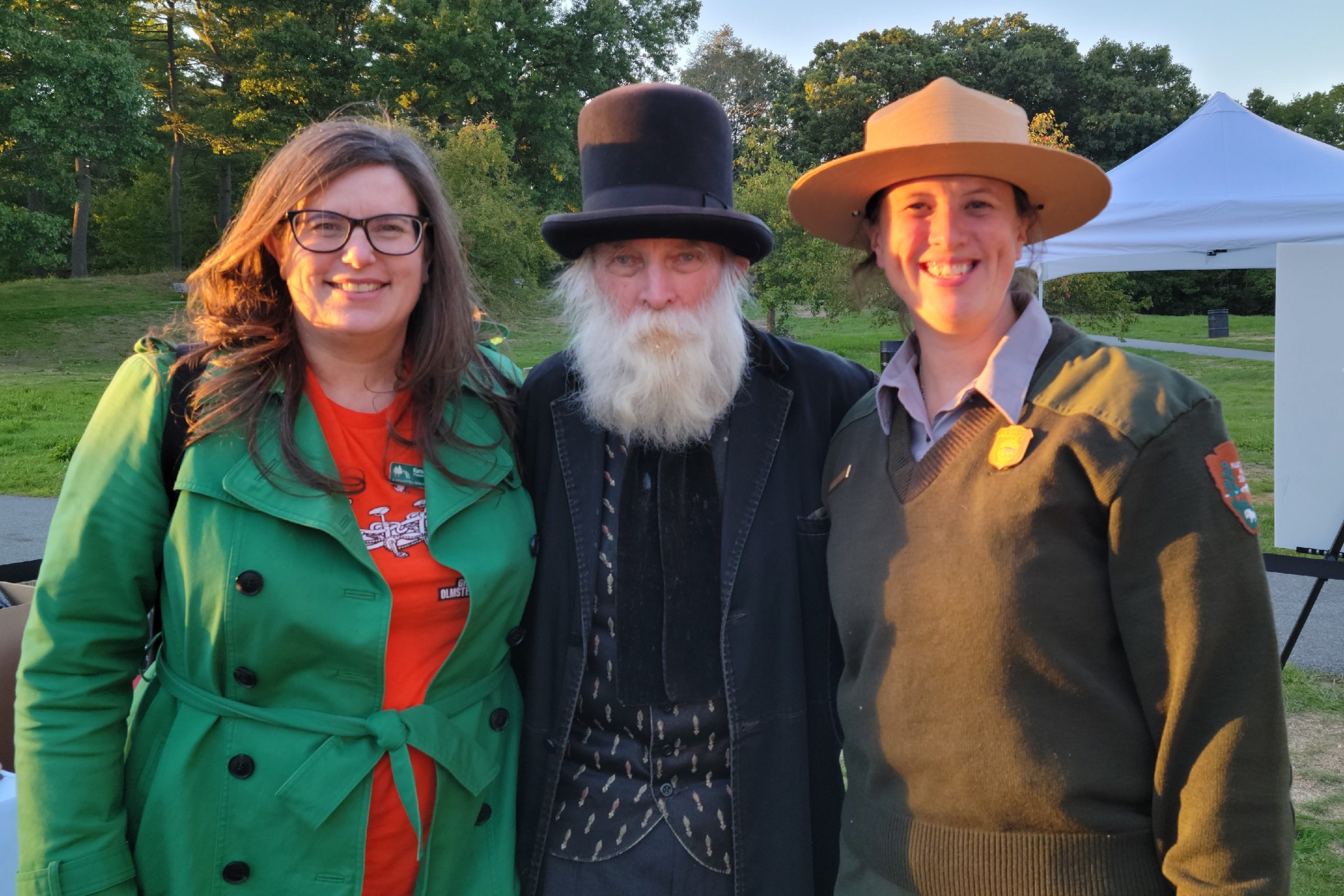
Frederick Law Olmsted believed universal access to nature and beauty in designed landscapes would help elevate community health and in turn social discourse. He was guided by the belief that public spaces should be accessible and inclusive. He believed public parks would serve as a democratizing force, bringing many communities together to forge a new American society.
In the lead-up to the Civil War, Olmsted was a political reporter who explored the slave states of the South and wrote influential pieces on what he experienced for The New York Daily Times and in a series of books. During his southern journey, Olmsted witnessed the impact of African and African-American slaves on the American landscape.
According to Austin Allen, ASLA, PhD, associate professor of landscape architecture emeritus at the Robert Reich School of Landscape Architecture at Louisiana State University, “Olmsted became more aware of the way African and African American slaves were shaping the American landscape.” Slaves had an “untold and impactful influence” on Olmsted’s early conception of American landscape architecture.
However, when Olmsted began his career as a landscape architect with the commission to plan and design Central Park in New York City, he also advocated for parks to have a homogenizing and “civilizing” influence on whom he described in his writings as “Negroes,” “immigrants,” and “the working class.” In his view, parks would elevate these groups by enabling them to participate in public spaces with white Americans, whom he considered to be the upper classes even after the Civil War. Classes would converge towards a particular vision of how society should exist, one set by white elites.
As contemporary American communities plan and design networks of public parks that serve as common ground for an increasingly diverse society, it is important to maintain Olmsted’s core values – democratic access to public spaces – but to also imagine what true inclusion in public spaces looks and feels like for all communities.
For public spaces to be truly inclusive and accessible, they must be comfortable for all visitors. This can only happen if diverse communities have the opportunity to guide the planning and design process; see their identities, ideas, and cultures reflected in designed spaces; and enjoy these spaces in comfort and safety.
Public spaces must also be designed for users of all abilities. Everyone navigates the built environment differently, with abilities changing across a person’s lifespan. The population of people with physical, auditory, or visual disabilities, autism or neurodevelopmental and/or intellectual disabilities, or neurocognitive disorders will face greater challenges navigating public spaces until they are fully included in the planning and design process.
Public spaces cannot be planned and designed as a homogenizing force that seeks to elevate some of us towards one version of an ideal society. Parks should not erase histories or voices to fit a single narrative. Instead, they must be more nuanced places where multiple stories can be told; where gender, racial, ethnic, and other forms of diversity can be celebrated; where racial and class reconciliation can be facilitated; where everyone has a safe connection to a messier but more real shared history and culture.
Roxanne Blackwell, Hon. ASLA, is Director of Federal Government Affairs at the American Society of Landscape Architects (ASLA). Jared Green is editor of The Dirt and Senior Communications Manager at ASLA. Lisa J. Jennings is Manager, Career Discovery and Diversity at ASLA.











